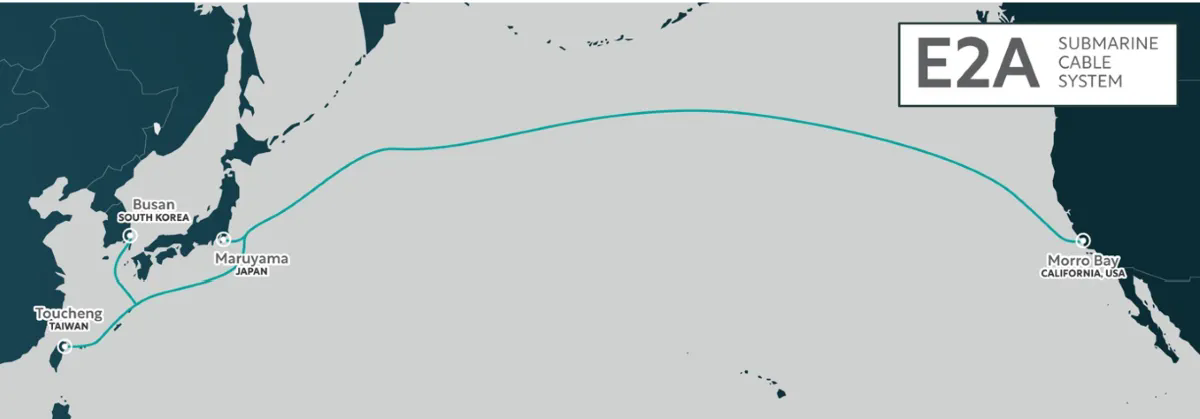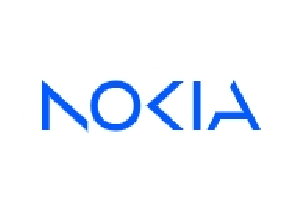Chunghwa Telecom, SK Broadband, SoftBank and Verizon to build new subsea cable system
Chunghwa Telecom, SK Broadband, SoftBank and Verizon Business Global have recently signed an agreement forming a consortium to build a new submarine cable system, called E2A, between Asia and North America.
In separate statements released on Monday, Chunghwa Telecom, SK Broadband and SoftBank said the E2A submarine cable project will cross the Pacific Ocean on a route of approximately 12,500km connecting Japan, Taiwan and South Korea to the US.
It will have landing stations in Maruyama (Chiba, Japan), Toucheng (Taiwan), Busan (South Korea) and Morro Bay (California, US).
The new subsea cable system will consist of 12 fiber pairs with a total capacity of more than 192 Tbit/s. It will be built using an open cable architecture to enable scalability and multi-operator connectivity. The system will also feature 18kV power feeding technology to optimize the efficiency of the entire subsea infrastructure.
The consortium has selected Alcatel Submarine Network to build the system, which is expected to be operational by the second half of 2028. The consortium did not disclose the cost of the project.

(Source: Chunghwa Telecom)
Robust backbone infrastructure
The telco operators said that with the E2A submarine cable project they hope to provide "ultra-high capacity" and "low latency infrastructure" to support the next generation of AI applications, data centers and cloud services.
"We expect that our participation in E2A submarine cables will greatly increase service stability and scalability to meet the diverse needs of the AI era," said Ha Min-yong, head of SK Broadband's AI DC Division, in a statement.
Teruyuki Oya, vice president and head of the mobile and network division, technology unit at SoftBank, echoed the sentiment: "As we enter an era where AI is being fully implemented, the importance of international submarine cables connecting not only Japan and the United States but also major parts of Asia as arteries of information is increasing. We will advance the development of global, multifaceted, and stable platforms by building infrastructure for the AI era."
SoftBank will provide its existing Maruyama Landing Station, located in Minamiboso City, Chiba Prefecture, as a landing point for the E2A cable. The landing facility also serves other submarine cable systems, including the Jupiter cable system connecting Japan and the US, and the Asia Direct cable system connecting China (Hong Kong SAR and Shantou), Japan, the Philippines, Singapore, Thailand and Vietnam.
Meanwhile, Chunghwa Telecom said that the trans-Pacific E2A cable system will be connected to the soon-to-be-completed SJC2 and Apricot submarine cables in Taiwan, which would strengthen Taiwan's position as "an Asia-Pacific submarine cable convergence center."
"Chunghwa Telecom will continue to use submarine cables, fiber optics and mobile communications – supplemented by satellites and microwaves – to form a dense network of sea, ground, satellite and air assets. We will continue to build network resilience so that Taiwan will have the advantage of being an Asia-Pacific information gathering center, attracting more international players to the country," said Chunghwa Telecom Chairman Kan Chi-shing, in a statement.





